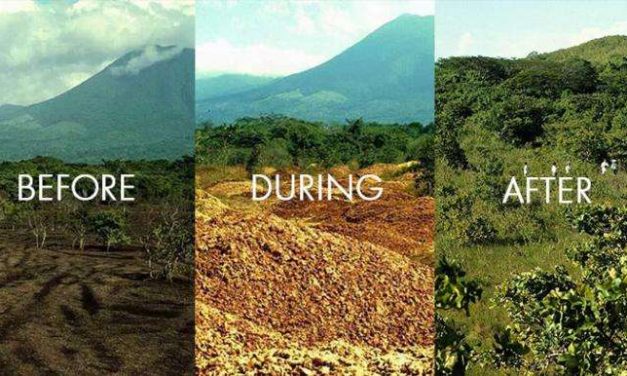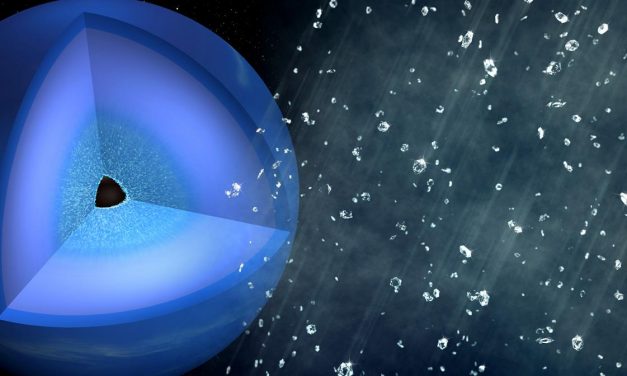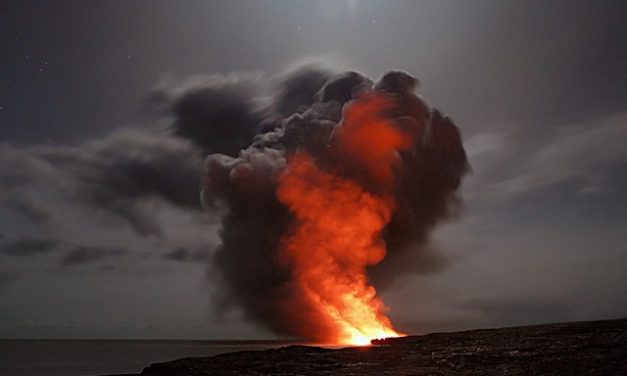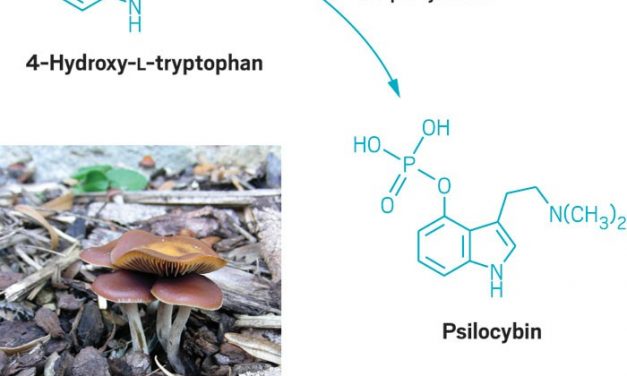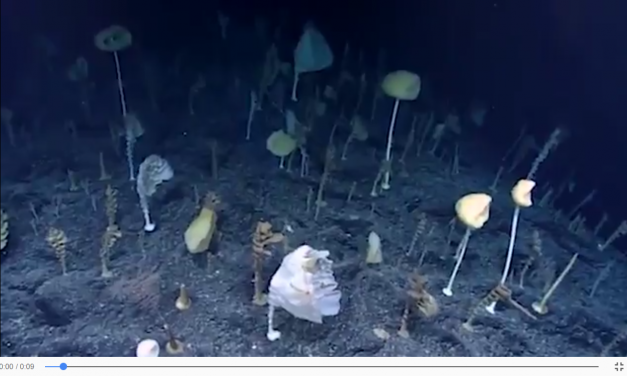How Orange Peels Rejuvenated a Decimated Costa Rican Forest
In 1997-98, orange juice producer Del Oro thought it had scored a win-win deal when it signed an environmental services contract with authorities in charge of a neighboring conservation area called Área de Conservación Guanacaste in northern Costa Rica. The deal was Del Oro would donate part of their forested land to the Área de Conservación Guanacaste. In exchange, Del Oro could deposit its orange peel waste for biodegradation, at no cost, on degraded forest land within the park. The motivation for the agreement orchestrated by husband-wife team Daniel Janzen and Winnie Hallwachs, both dedicated ecologists at the University of Pennsylvania, who worked...
Read More
